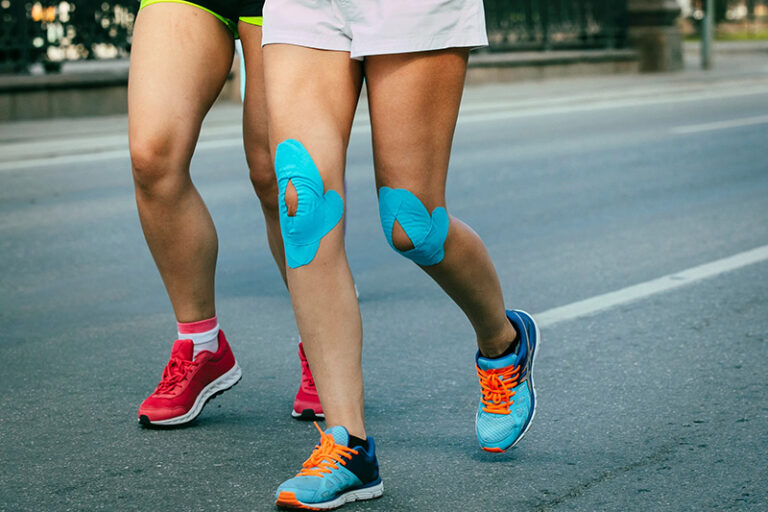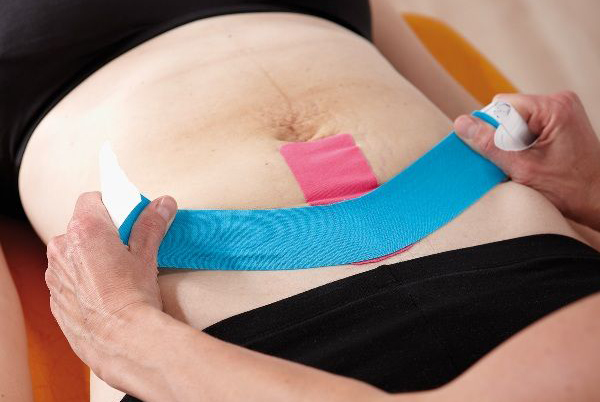There are a wide range of bandages and wound treatments available on the market for people. Among these, the most notable type is white cohesive bandage. These are typically used in both clinical and domestic settings, so why are they so popular? Read the rest of this article to find out what benefits they provide to help you decide which type of bandage will be best for your needs.
What is Cohesive Bandage?
Cohesive bandage is a type of medical wrap that is used to secure dressings or provide support to injured limbs. Unlike traditional gauze or Ace wraps, cohesive bandages are made with an adhesive material that allows them to stick to themselves without the need for clips or tape. This makes them much easier to use and also reduces the risk of skin irritation.


The Types of white Cohesive Bandages
There are many types of cohesive bandages on the market, each with their own unique set of benefits. White cohesive bandages are one of the most popular choices for both athletes and medical professionals due to their versatility and ability to blend in with skin tones.
Elastic: Elastic cohesive bandages are typically made from latex or a latex-free material. They provide support and compression without being too constrictive. These bandages are often used to secure dressings or splints in place.
Foam: Foam cohesive bandages are made from a soft, spongy material that is comfortable to wear. These bandages are ideal for areas that require padding, such as the knees or elbows. They can also be used to hold ice packs in place.
Cotton: Cotton cohesive bandages are a more traditional option that is often used for wrapping wounds or securing dressings. These bandages provide good breathability and won’t stick to skin or hair.
fabric: Fabric cohesive bandages are becoming increasingly popular due to their comfort and flexibility. These bandages can be made from a variety of materials, including cotton, nylon, and polyester. They’re often used in physical therapy applications as they allow the skin to breathe.
What to Look for When Choosing a white Cohesive Bandage?
There are a few things to keep in mind when selecting a white cohesive bandage, including the material, width, length, and color.
Material: The material of the bandage is important to consider as some materials may cause allergies or skin irritation. Be sure to choose a bandage made from a hypoallergenic material, such as cotton or nylon.
Width: Cohesive bandages come in a variety of widths, from 2.5cm to 7.5cm. The width you choose will depend on the area being treated and the level of support needed. wider bandages provide more support but can be more difficult to wrap.
Length: Cohesive bandages are available in lengths ranging from 4m to 25m. Again, the length you choose will depend on the area being treated and the level of support needed. longer bandages are often more expensive but may be necessary for larger areas or for extended wear.
Color: Cohesive bandages are available in a wide range of colors, from traditional white to bright pink or blue. The color you choose is mostly a matter of personal preference. However, some colors may be more visible under clothing, so keep that in mind when making your selection.
Common Uses for Cohesive Bandages
White cohesive bandages are most commonly used in veterinary medicine, particularly on cats and dogs. They are also used on horses, rabbits, and other animals. Cohesive bandages are also used on humans, though not as often. Some common uses for cohesive bandages include:
-Wrapping a sprained ankle
-Supporting an injured knee
-Securing a splint
-Treating a wound

Why Individually Wrapped?
There are many reasons why white cohesive bandages are widely used, but one of the most important is that they can be individually wrapped. This means that each bandage can be used on a different part of the body, which is very convenient for those who need to use them frequently.
Another reason why individually wrapped bandages are so popular is that they are very easy to use. You simply wrap the bandage around the affected area and then secure it in place with the adhesive strip. This makes it much simpler and quicker to apply than other types of bandages, which can be fiddly and time-consuming to put on.
Finally, individually wrapped bandages tend to be much more comfortable to wear than other types of bandages. They are less likely to rub or chafe against the skin, and they stay in place much better. This makes them ideal for people who need to wear them for long periods of time or for those with sensitive skin.
How To Store Your Cohesive Bandages?
If you have ever used a cohesive bandage before, then you know that they are incredibly versatile and can be used for a variety of purposes. But did you know that there is a right way and a wrong way to store your cohesive bandages? Here are a few tips to help you keep your white cohesive bandages in good condition:
- Avoid storing your cohesive bandages in direct sunlight or in humid conditions.
- Store your cohesive bandages in a cool, dry place away from any heat sources.
- Keep your cohesive bandages in their original packaging until you are ready to use them.
- Inspect your white cohesive bandages regularly for any signs of damage or wear and tear.
By following these simple tips, you can ensure that your cohesive bandages will be ready to use when you need them!


Conclusion
White cohesive bandages are popular for a reason. They’re versatile, easy to use, and provide good support for a variety of injuries. Plus, they’re generally more affordable than other types of bandages. If you’re looking for a dependable option for your first-aid kit, white cohesive bandages are definitely worth considering.
FAQ
Does cohesive bandage stick to skin?
The Cohesive Bandage features self-adhesive technology that sticks to itself – not your skin or hair. With excellent conformability and no sticky residue, the cohesive bandage covers wounds and supports injured joints and muscles.



